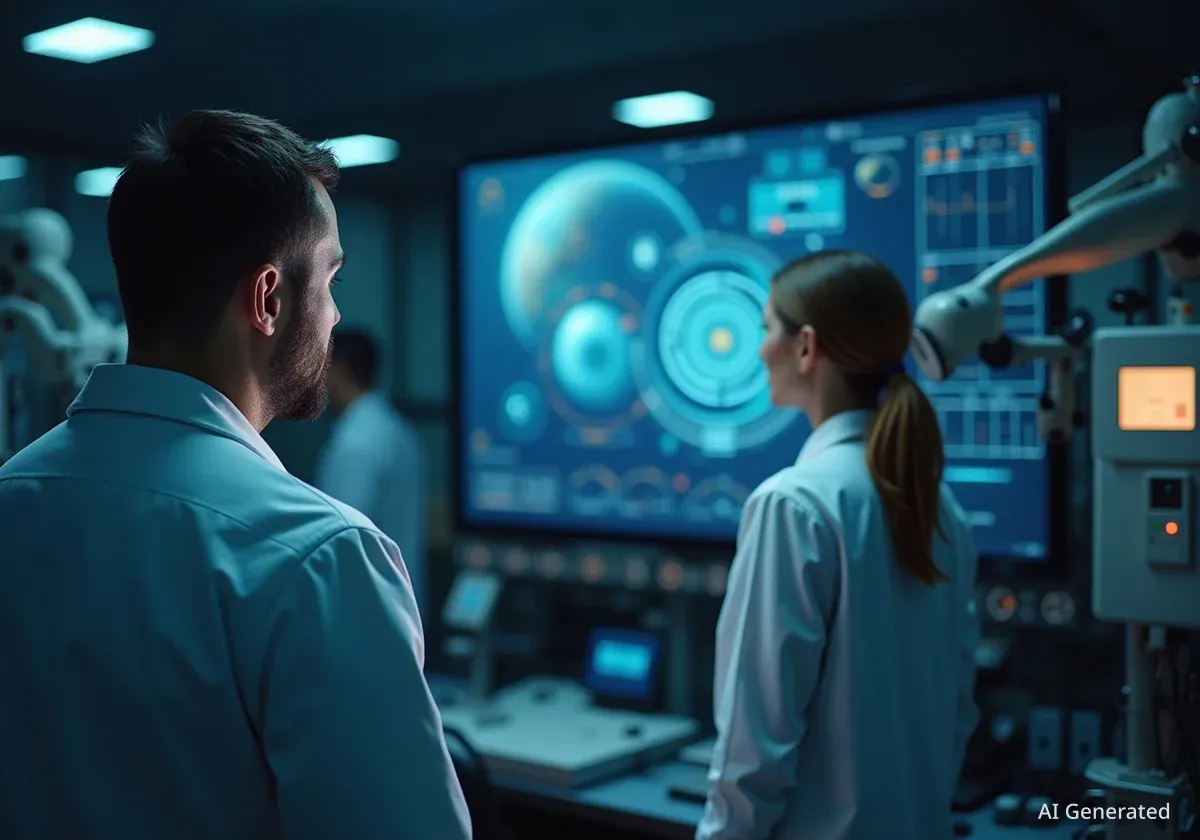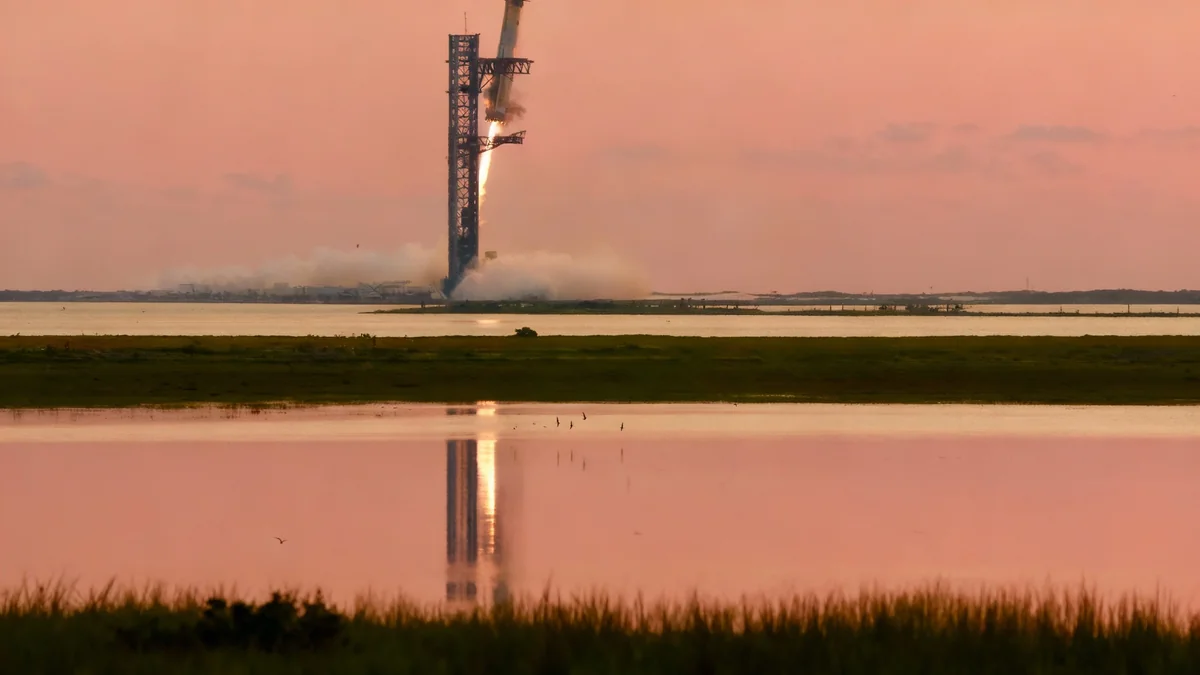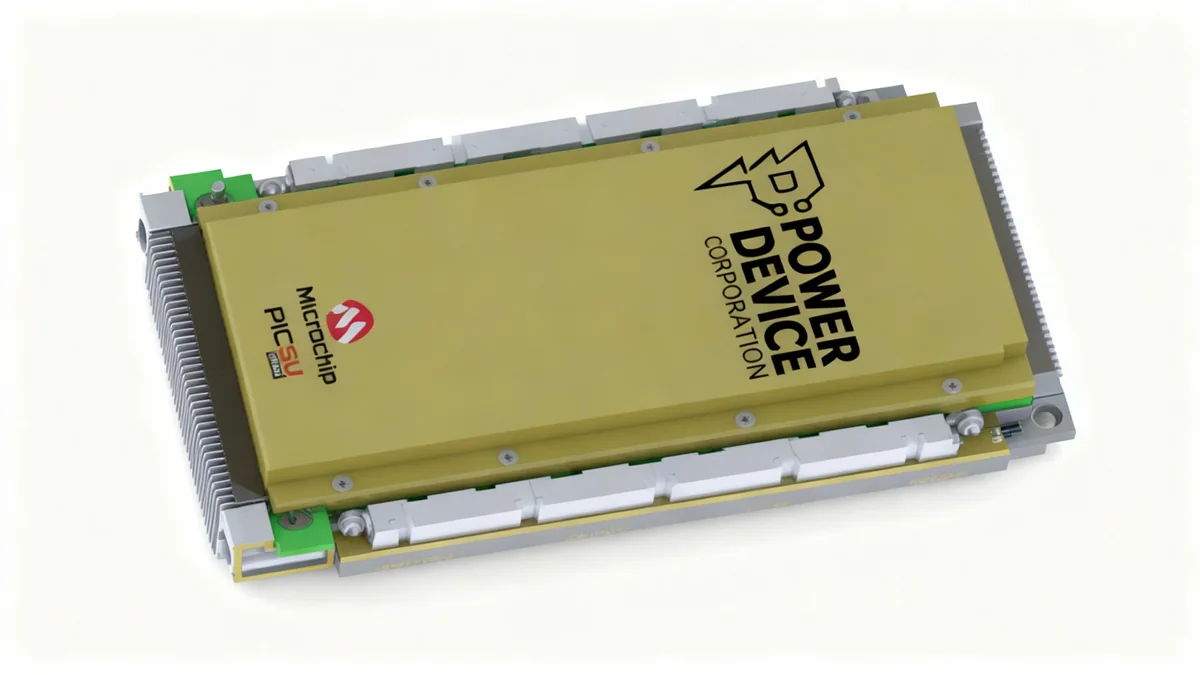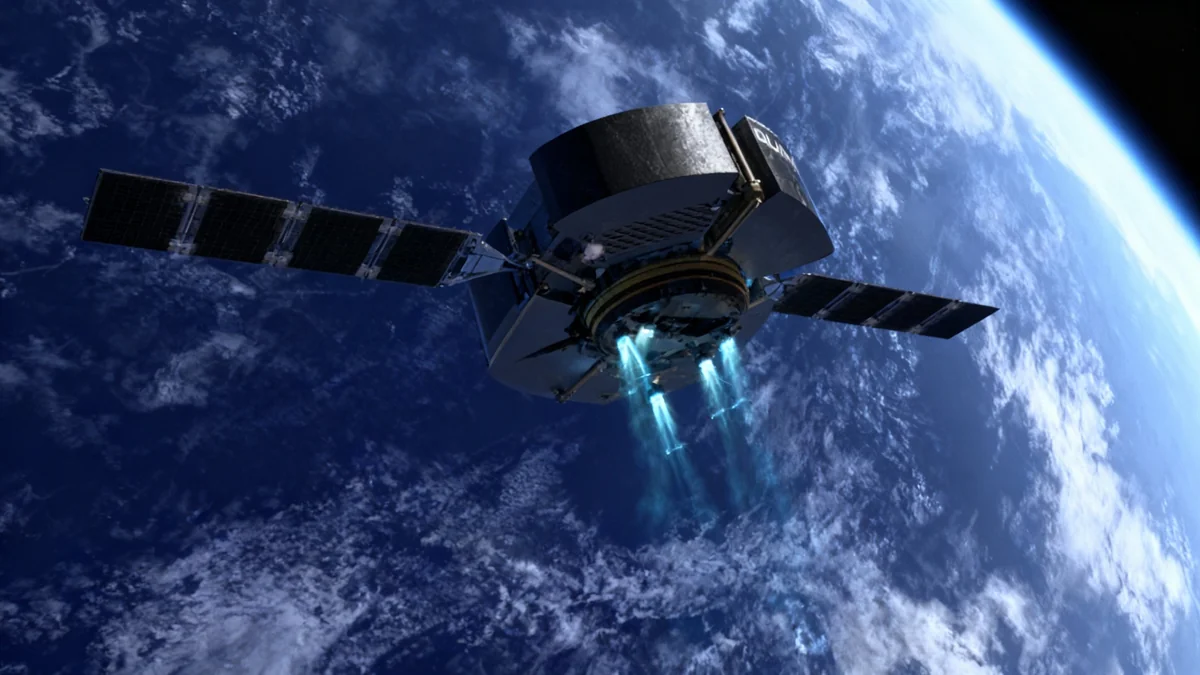Researchers at the University of Texas at Austin are advancing space exploration through a range of innovative projects, from developing self-sustaining life support systems with microorganisms to creating advanced navigation for lunar landings. The university's contributions span multiple disciplines, including engineering, astronomy, and geophysics, positioning it as a key partner in national and international space missions.
Recent achievements include guiding a U.S. spacecraft to the Moon's south pole, sending engineered microbes to the International Space Station, and using the James Webb Space Telescope to discover some of the universe's earliest structures. These efforts are helping to solve critical challenges for future long-duration missions to the Moon, Mars, and beyond.
Key Takeaways
- UT engineers developed a guidance algorithm that helped Intuitive Machines land a spacecraft on the Moon, the first U.S. landing in 50 years.
- Researchers sent engineered microbes to the ISS to test their ability to produce food, fuel, and medicine in space.
- UT astronomers are using the James Webb Space Telescope to discover early black holes and galaxies.
- The university is developing technologies for ice-penetrating radar, self-refueling satellites, and orbital debris tracking.
Innovations in Spacecraft Technology
Engineers at the University of Texas are developing next-generation systems designed to make space missions safer, more efficient, and more autonomous. These projects address fundamental challenges in navigation, propulsion, and communication.
Precision Lunar Landing Systems
A team led by aerospace engineering professor Maruthi Akella was instrumental in the successful landing of Intuitive Machines' spacecraft near the Moon's south pole in 2024. This marked the first American lunar landing in over five decades. The team developed a sophisticated guidance algorithm that managed the lander's changing mass during its descent.
The algorithm used onboard learning logic to calculate the spacecraft's shifting center of mass in real time, making precise adjustments to its trajectory. This capability was crucial for navigating the difficult terrain of the lunar south pole, a region of high scientific interest due to the presence of water ice. For his contributions, an asteroid in the main belt between Jupiter and Mars was named Maruthiakella in his honor.
Next-Generation Satellite Development
UT researchers are also pushing the boundaries of satellite technology. One project, led by students in the Texas Spacecraft Laboratory, involves creating compact, low-cost satellites that use machine learning for autonomous navigation. Supported by a $1.9 million partnership with NASA, this technology aims to guide future missions to the Moon and Mars without relying solely on Earth-based tracking.
In another project, assistant professor Thomas Underwood is designing a plasma propulsion system that would allow satellites in low Earth orbit to refuel themselves. The system would harvest molecules and solar energy directly from the atmosphere, eliminating the need to carry finite fuel supplies. Underwood is also developing a heat shield made from smart metamaterials that can maintain radio signals during atmospheric reentry, solving the long-standing problem of communication blackouts.
Exploring the Cosmos and Other Worlds
From the farthest reaches of the universe to the hidden oceans of nearby moons, UT scientists are using advanced instruments to uncover new knowledge about our solar system and its origins.
Discoveries with the James Webb Space Telescope
Since the launch of the James Webb Space Telescope (JWST) in 2021, UT astronomers have been at the forefront of deep space discovery. They have been allocated over 800 hours of observing time on the telescope in the coming year, representing 10% of its total schedule.
"The data from JWST is transforming our understanding of the early universe. We are seeing things we could only theorize about before."
A team led by astronomy professor Steven Finkelstein used the JWST to identify one of the earliest galaxies ever observed, which he named "Maisie's Galaxy" after his daughter. Other UT-led discoveries include the earliest confirmed black hole, a supermassive object 300 million times the mass of our sun. Researchers are also studying starburst galaxies that form stars at 10 times the rate of the Milky Way and capturing new details of nebulae like the Butterfly and Ring Nebulae.
The JWST is the most powerful space telescope ever built. Its large mirror and infrared instruments allow it to see farther back in time than any previous observatory, capturing light from the first stars and galaxies that formed after the Big Bang.
Peering Beneath Icy Moons
NASA's Europa Clipper mission, launched to study Jupiter's moon Europa, carries a key piece of technology from UT. The ice-penetrating radar was developed by the University of Texas Institute for Geophysics (UTIG) to see beneath Europa's thick ice shell.
The goal is to map the subsurface ocean believed to exist miles below the surface and determine if it could harbor life. The technology was originally pioneered by UTIG research professor Donald Blankenship in the 1990s to study ice sheets in Antarctica and Greenland. The team is also collaborating with the European Space Agency on a similar mission to explore the oceans of Jupiter's other moons, Ganymede and Callisto.
Solving the Mystery of Martian Water
Recent UT doctoral graduates Mohammad Afzal Shadab and Eric Hiatt have offered a new explanation for where Mars' ancient water went. Using a computer model, they determined that water on early Mars seeped into underground aquifers over a period of 50 to 200 years—a much slower process than the few days it takes on Earth.
Their findings suggest this water rarely resurfaced and could have been substantial enough to cover the entire planet in a layer at least 300 feet deep. This vast, hidden reservoir may still exist underground, potentially providing a critical resource for future human explorers on the red planet.
Sustaining Life and Operations in Space
A major focus of UT's research is developing sustainable solutions for long-term human presence in space, from creating on-demand resources to managing the orbital environment.
Microbes as Miniature Space Factories
Engineers from the Cockrell School of Engineering have partnered with Rhodium Scientific to test the viability of using microorganisms as producers of essential supplies in space. They sent specially engineered samples of bacteria and yeast to the International Space Station for an eight-month exposure to space radiation.
If the microbes survive, they could be used as tiny biological factories to produce a wide range of materials on demand, including:
- Food ingredients
- Pharmaceuticals
- Fuel components
- Building materials for shelters
This capability would be essential for reducing the cargo mass required for long-duration missions, such as a human expedition to Mars.
Cleaning Up Earth's Orbit
The space around Earth is cluttered with tens of thousands of pieces of orbital debris, from tiny paint flecks to defunct satellites, all traveling at speeds 10 times faster than a bullet. This space junk poses a significant threat to active satellites, the ISS, and future missions.
Moriba Jah, an aerospace engineering associate professor, is a leading figure in addressing this problem. He has created a real-time, public map that tracks space pollution and predicts potential collisions. Jah advocates for sustainable practices, such as reusable rockets and recyclable satellites, and has proposed orbital cleanup programs. His work has earned him a MacArthur "genius grant" and a position on the U.S. Air Force Scientific Advisory Board.





